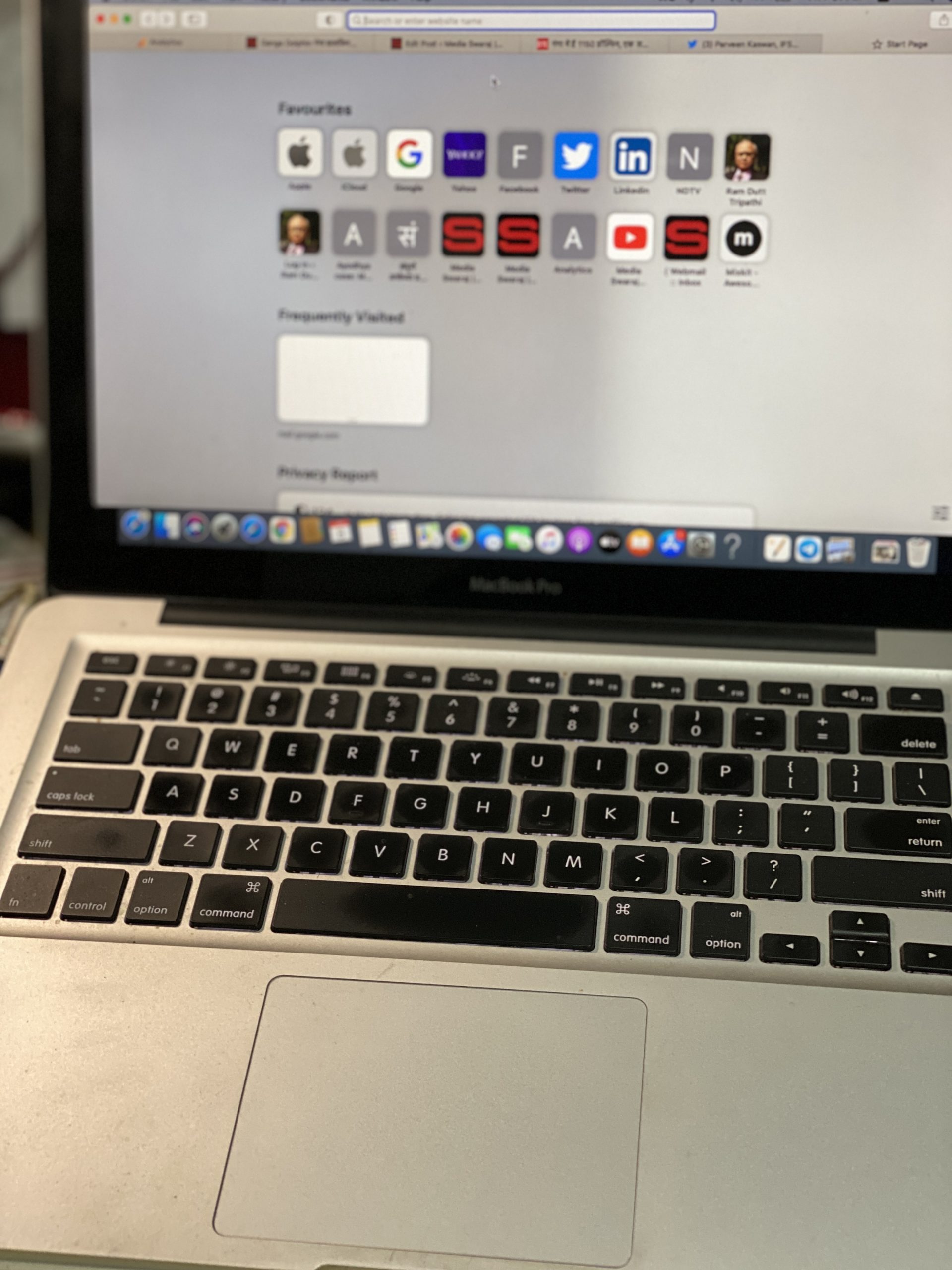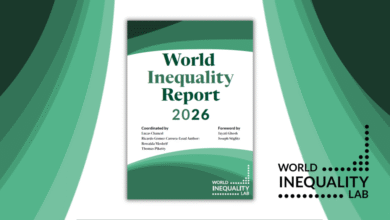Online Education :Urgent Need for Improvement
Online education needs major expansion of internet – networks and reorientation of teachers’ training to make it useful for the vast masses in India , specially those living in rural and semi urban areas . Corona crisis has long lasting effect on our office work, education and health systems we need to remodel and strengthen them for digital platforms. This special article on gaps in online education by eminent journalist and educator Prof Pradeep Mathur and Dr Anubhav Mathur .
Every crisis throws unforeseen challenges. The crisis created by Corona pandemic has been no exception to this. Besides posing a big challenge to public health sector and various areas of economy the pandemic also created a serious crisis in the sphere of education .
If the massive damage done by Corona to education in our country did not become a topic of discussion in public domain it was because of the fact that it did not cause any loss of lives and did not make teachers and students walk back to their village homes on foot.
Only 30 % students have facility
With 25 crore students in schools and nearly 3.7 crore students in colleges and professional institutes , India has the world’s biggest educational set- up.
However, hardly 30 per cent of these students in urban and rural India have internet facility and digital devices like computers and mobile phones to use online education facility.
This means that the lockdown and the fear of corona virus that led to closing of educational institutions created a situation of no teaching for 70 per cent of our students. This is singularly unfortunate in a developing country where education is basic to fighting backwardness and improving the living standards of the masses
The lockdown and what we call Corona Protocol also resulted in a big loss of teaching jobs. But more than that it brought to light the fact that even the smaller percentage of students with internet facility did not get proper education.
The reason was not only problems of poor and inadequate infrastructure like erratic power supply and poor internet connectivity.
Poor digital skills of teachers
The inadequate knowledge and poor skills of teachers in the use of digital devices for online education was a major constraint. Because of this online education could not be properly imparted even in areas where infrastructure problems and availability of digital devices were no issues. This is unfortunate because imparting training in the use of digital devices for teachers and students was least problematic of the so many grim challenges the corona pandemic posed before us. The immediate need to improve techniques and skills in on-line teaching methodology , therefore, cannot be over emphasised.
Before we talk of a strategy to train teachers in digital media skills and prepare them for effective on-line teaching let us try to understand as to what all is involved in imparting education by sitting before a computer instead of standing in a class room. The term digital describes electronic technology that generates, stores, and processes data in terms of two states: positive and non-positive. A modem is used to convert the digital information in your computer to analogue signals for your phone line and to convert analogue phone signals to digital information for your computer So, in layman’s terms, digital media refers to any kind of information broadcast to us through a screen. This information might be found on websites or in applications, software packages, video games, and more. This makes digital media a very broad term.
Those in the business of teaching should seek digital media use to facilitate more effective teaching and learning which includes interactions and communication with students .
Digital media is a transformative technology that is dramatically changing the face of the academic world in the developed countries. In the Corona times we have been trying to adapt to major changes in how we interact with and communicate to students. In a way it is an exciting time to be in education. Harnessing the power of digital media has the potential to re-engage students and their parents. So, let’s consider a few questions on our evolving digital media path:
Digital Media Fluency must
As such our society must maintain a minimum level of digital media fluency. This means using appropriate digital platforms to build more open, transparent, participative academic community that is fundamentally collaborative. It also means facilitating appropriate information sharing . But digital media fluency necessitates that all those involved with teaching and training develop at least a working knowledge of the myriad technologies including digital media and cloud computing platforms. Determining what are basic applications and their potential pitfalls remains rather difficult. Yet this is a critically important task for all. Ultimately, this will enable us to develop effective standards and protocols for digital media use in all spheres of education..
What we need is a teaching community well versed in the use of digital technologies and willing to upgrade its skill to communicate with students and motivate them to use the potential of digital media tools for enhanced learning
Today, few of us use desktop computers. Most use a mobile device. In fact, over 60 per cent of people now use smartphones to access the Internet.
Clearly, digital media use by teachers seeking interaction with their students need to be more focused. The desire for communication and the ability to complete tasks online has to be fairly strong.
Innovation is fundamental to any social activity and embracing change must continue with our approach to digital media. We can tweet safety alerts, track trends on policy initiatives on Twitter and use smartphone apps to report potholes in our education system or address ethical questions . Our limitations are only bound by our imaginations and our willingness to embrace change.
Digital media eliminates barriers of time and distance. It can improve knowledge delivery through increased access and processing speed. Data can be readily shared and transformed into usable information via accessible central repositories. Access to data across classrooms can facilitate small, but useful change.
The blueprint for digital media use in teaching and learning is still evolving and there is no one-size-fits-all model. Therefore, it is important to chart our own path as we reach to improve our skills.. One thing we do know? Accessibility to knowledge seems to be translating into new ways of delivering in lecture rooms. So all of those in the field of education must effectively adapt to this new paradigm and improve their core competence.
3 point programme for improvement
The following three point programme can serve as a starting point for developing the skills of the teaching community that will meet the challenge posed in imparting on-line education
- Planning a series of flexible and broad based digital media programmes, both in terms of faculty resources and IT skill enhancement that can grow as needs evolve.
- Developing a formal digital media curriculum to serve as basic to ensure universal application and common usage.
- Establishing networks of open data systems to facilitate broader faculty engagement in problem solving.
On-line teaching was there even before Corona forced lockdown and made home stay necessary . However, Corona created a need for its widespread and universal application. With the country all set for a massive vaccination programme we will win the war against Corona soon. However, on-line education ,which became a necessity to meet the adversity can be converted into an opportunity to spread the net of online education. This can be done only when we make a sincere effort to improve on-line teaching methodology.
Please also read : https://mediaswaraj.com/india-needs-post-covid-care-rehabilitation-center/
* Prof Pradeep Mathur is a veteran journalist and media educator

- ** Dr Anubhav Mathur is Asstt Professor , IIMC, Jammu Campus. New Media and Communication Research are his core competence areas.






